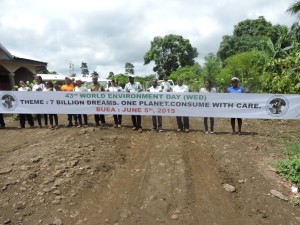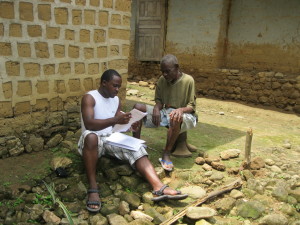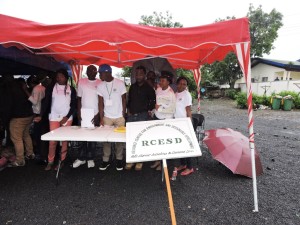Mbunya Francis Nkemnyi September 1, 2014 Comments
Crafting sustainable pathways for local livelihoods and wildlife conservation: the case of the Tofala Hill Wildlife Sanctuary, Cameroon
As environmental conditions are changing rapidly, so too are social systems. Development drives social and ecological changes, which affects the socio-ecological system (SES) (Ostrom & Cox, 2010). Thus, the dynamic SES raises some major policy and development challenges, which requires immediate attention. Competition over wildlife conservation and local livelihoods in the Tofala Hill Wildlife Sanctuary is increasingly overstretching the multi-functionality of the landscapes and this places both future livelihoods and wildlife conservation under severe threats. This call for the need to rethink current forest management paradigms in the landscape by applying analytical frameworks to better understand conflicts, the driving forces behind them and the design of process approaches to manage them. In this line, the general objective of this research will be guided to answer the following practical and policy questions: a) how can local institutions achieve sustainable forests and livelihoods? b) How can “a common language” be developed for actors with diverse interests in forest management?
Specific questions will include: what are the current forest management dimensions (institutional analysis and strategies analysis)?; What are the specific areas of conflicts in forest management?; What are the drivers of these conflicts?;What are the available opportunities for reconciling conflicts in forest management?; What are the opportunities for long-term sustainability?
Our questioning on sustainability will take into account two perspectives: the complex systems perspective and a normative emphasis on reductions in poverty and social injustice as defined by and for particular people and settings – strategies and dynamics (Leach, Scoones, & Stirling, 2010b).



